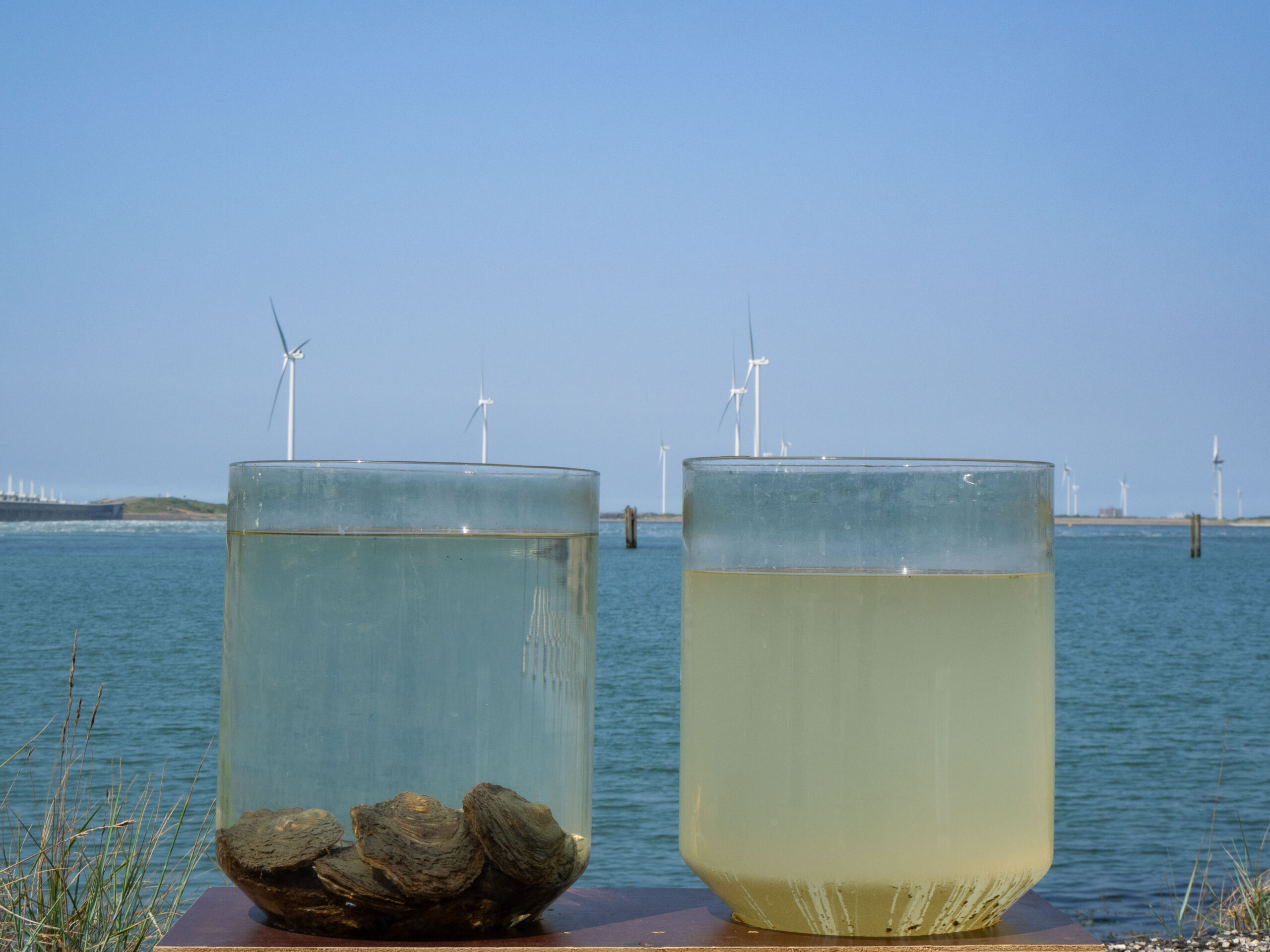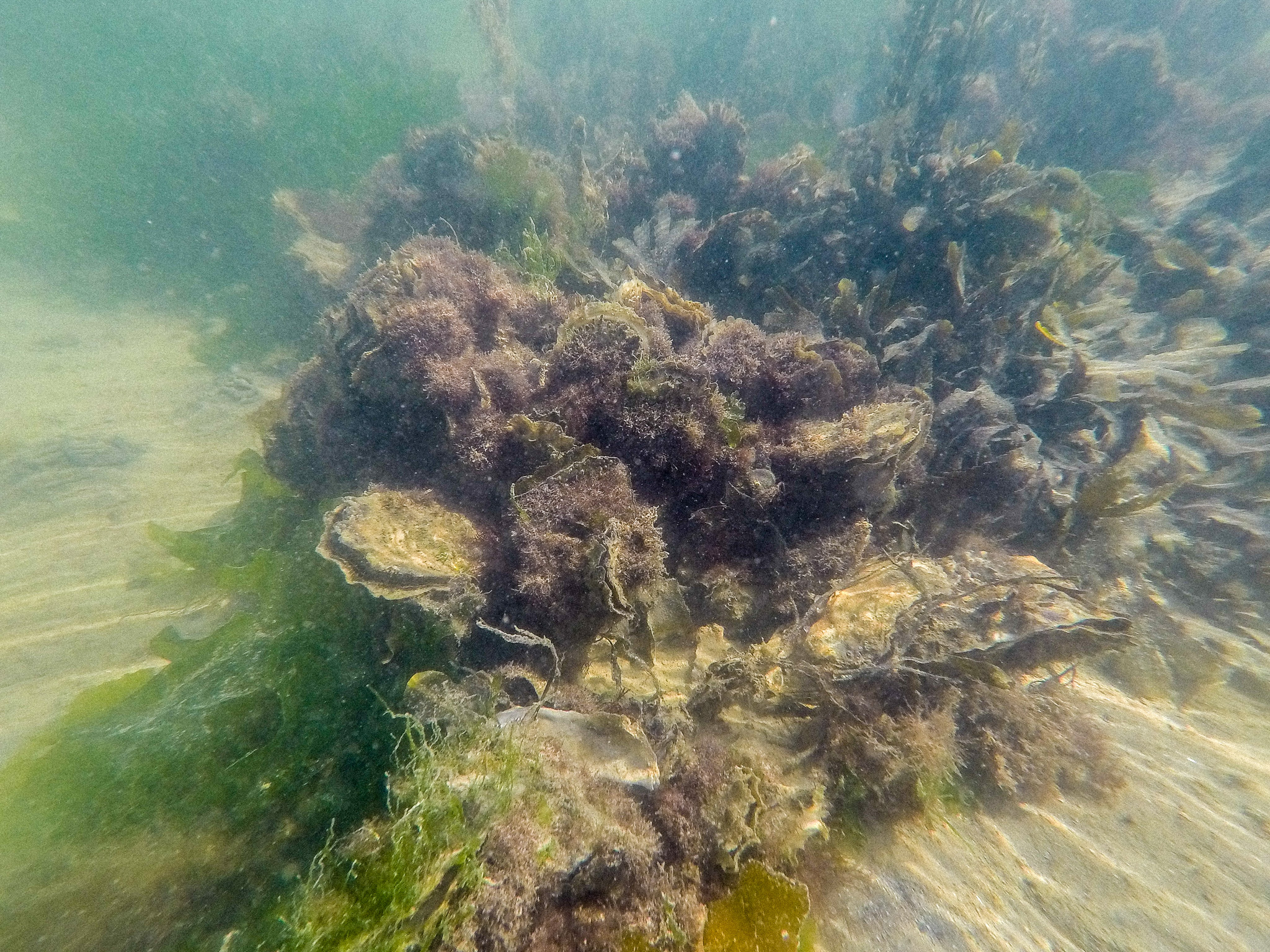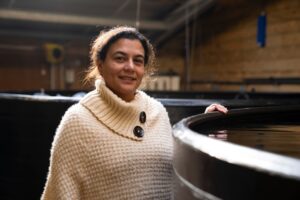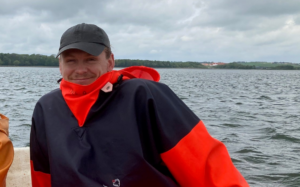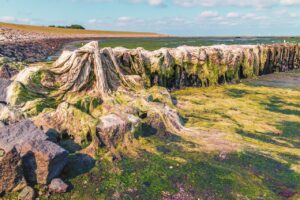
Shifting Baselines: A Hidden Challenge in Marine Restoration
Marine regeneration is an essential mission aimed at restoring our oceans back into the productive and healthy ecosystems they once were. Among the many challenges faced by conservationists, one concept that often quietly impacts efforts is the ‘shifting baseline syndrome’, first considered by fisheries scientist Daniel Pauly. This term refers to a phenomenon where each generation of scientists and ocean users accepts the condition of the environment they first encounter as the norm, or baseline, even though this baseline may have already been significantly degraded compared to previous generations.

